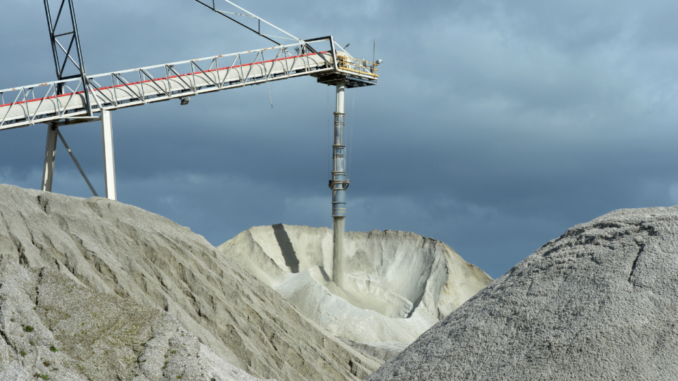
Geologists believe they’ve found the world’s largest lithium deposit at the McDermitt caldera, a massive depression formed by Yellowstone millions of years ago. Though work is still underway to confirm the mineral volumes within, up to 40 million metric tons of lithium are thought to be hiding under the caldera, besting Bolivia’s 23 million-metric-ton salt flats. But, given McDermitt’s indigenous history, discussions about mining the area are already tense.
The mineral makeup of the McDermitt caldera was first explored by Chevron Minerals Inc., a Chevron subsidiary, in the late 1970s and early 1980s. After spotting lithium-rich sediments in the caldera’s western region, Chevron called in the US Geological Survey, which gradually expanded its exploration northward. By 2011, a mining company now known as Lithium Nevada Corp. had capitalized on the US Geological Survey’s work by drilling more than 200 holes at Thacker Pass, the most accessible lithium deposit in the McDermitt caldera.
Lithium demand has only grown since then, mainly due to the expanding electric vehicle market and related government incentives. It follows that mining companies are more interested than ever in finding newer, bigger lithium deposits, and Lithium Nevada is no exception. Along with the US Department of Energy and the University of Nevada, Lithium Nevada spent the late 2010s exploring previously untouched regions of the McDermitt caldera. It eventually hit the jackpot, finding anywhere from 20 to 40 million metric tons of lithium under the 1,575-square kilometer region.




